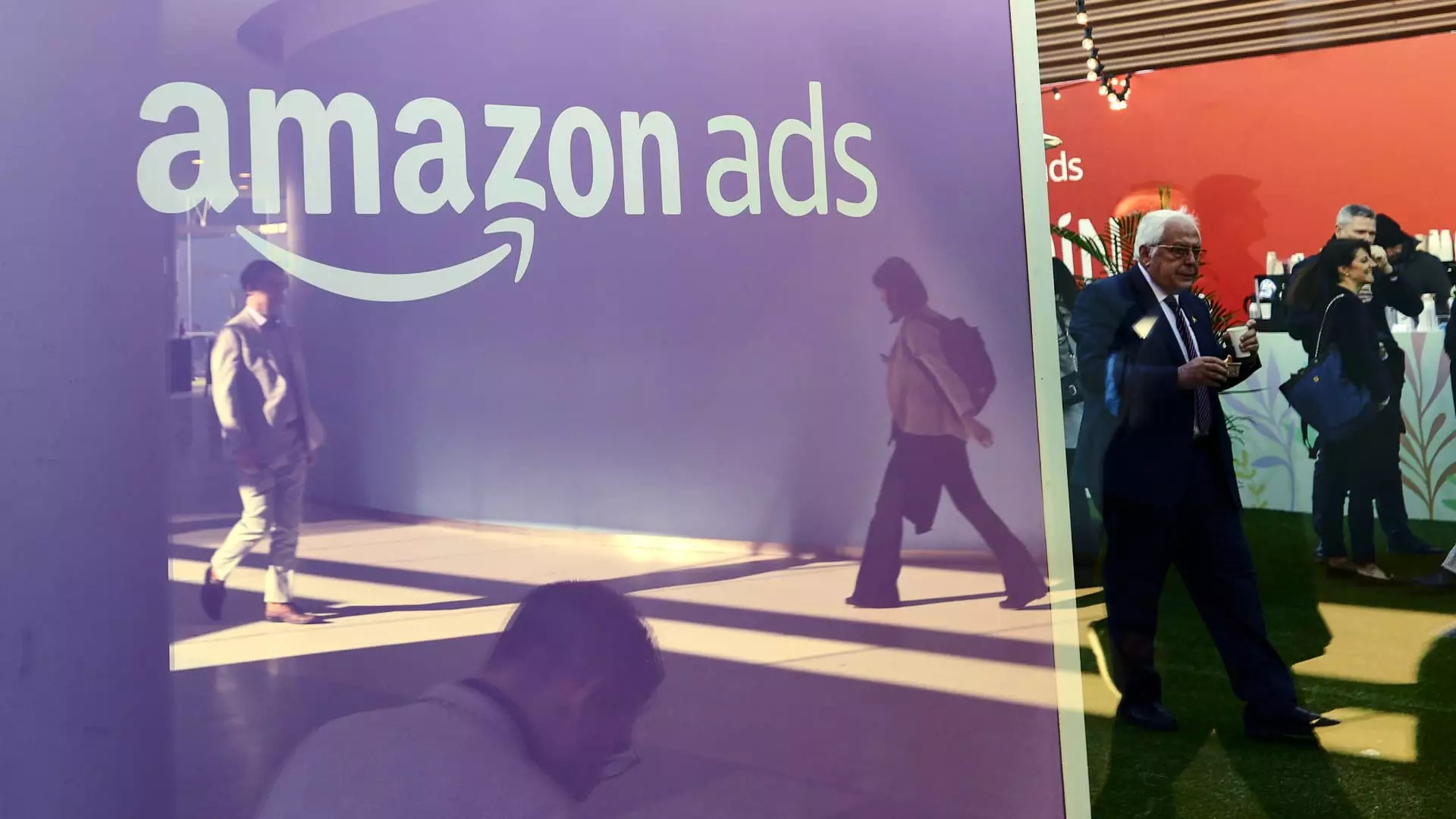In recent years, Amazon has evolved beyond a mere e-commerce giant; it has now positioned itself as a formidable force in the digital advertising space. This transformation has not only benefited Amazon’s bottom line but has also provided brands with a robust platform to reach consumers. The introduction of the Amazon Retail Ad Service marks a significant step forward, allowing external retailers to leverage Amazon’s sophisticated advertising technology. It is a strategic move that reflects the growing importance of contextual advertising, where brands can place relevant ads precisely when consumers are searching for similar products.
The Amazon Retail Ad Service is a novel offering that enables retailers to feature contextually relevant ads within their digital marketplaces. It allows companies to dictate the design, placement, and quantity of ads, tailoring the advertising experience to their specific consumer base. By using Amazon’s advanced measurement and reporting tools, these retailers can glean insights that will inform future marketing strategies. Notably, this service is initially limited to U.S. retailers, who will incur costs proportional to their ad usage, although specific pricing details remain undisclosed.
The potential of this service lies in its ability to provide brands with targeted visibility during critical buying moments. Advertisers can now reach their audiences at optimal times—when potential customers are most likely to make a purchase decision. Given Amazon’s established expertise in ad placements, retailers are likely to see improved engagement and conversion rates.
Amazon’s foray into the world of advertising has proved lucrative, with ad revenues peaking at $14.3 billion in the most recent quarter. This figure positions Amazon as a key player, trailing only behind giants like Alphabet and Meta in the digital advertising sector. While these earnings are striking, they still pale in comparison to Amazon’s core revenue streams, such as e-commerce and cloud computing. In the same quarter, Amazon’s online store sales reached an astounding $61.4 billion, complemented by $27.4 billion in cloud services.
A substantial portion of Amazon’s ad revenue comes from its sponsored product advertisements, which have become increasingly commonplace in search results. These keyword-targeted ads allow brands to promote specified products, ensuring visibility in a crowded marketplace. However, Amazon’s ad strategy is not solely reliant on product promotion; it also encompasses advertising through its streaming services, indicating a diverse revenue model.
One of the standout features of the Amazon Retail Ad Service is its ability to harness Amazon’s extensive data capabilities. The ad service operates independently of Amazon’s retail business, allowing participating retailers to manage their data via AWS accounts. This separation is significant, as it means that Amazon can aggregate valuable insights that enhance their ad prediction and recommendation algorithms. The more data Amazon collects, the more proficient it can become in tailoring ads, ultimately benefitting the retailers that use this service.
Early adopters of the Retail Ad Service include notable brands like iHerb, Weee!, and Oriental Trading Co. These companies stand to gain from Amazon’s vast technological resources as well as its consumer insights, which could optimize their ad performance and drive sales growth.
Amazon’s initiative to provide this advertising service could have lasting implications for both retailers and consumers. For retailers, it represents an opportunity to innovate in their advertising strategies and enhance customer engagement. The ability to customize ads ensures that brands can maintain relevance and adapt to market trends rapidly.
From a consumer standpoint, this shift could lead to a more personalized shopping experience. Contextually relevant advertisements can make it easier for consumers to discover products that meet their needs and preferences. However, it will be crucial for Amazon to balance advertising saturation with user experience. An overload of ads may deter shoppers, risking the very engagement that the service aims to enhance.
The Amazon Retail Ad Service underscores a transformative development in digital advertising, enabling retailers to leverage Amazon’s technology for their benefit. This initiative not only solidifies Amazon’s role as a key player in the advertising landscape but also promises to elevate the shopping experience for consumers. As e-commerce continues to evolve, Amazon’s innovative strategies will undoubtedly have a profound impact on the future of retail advertising, making it essential for brands to stay informed and engaged in this dynamic environment.


Leave a Reply